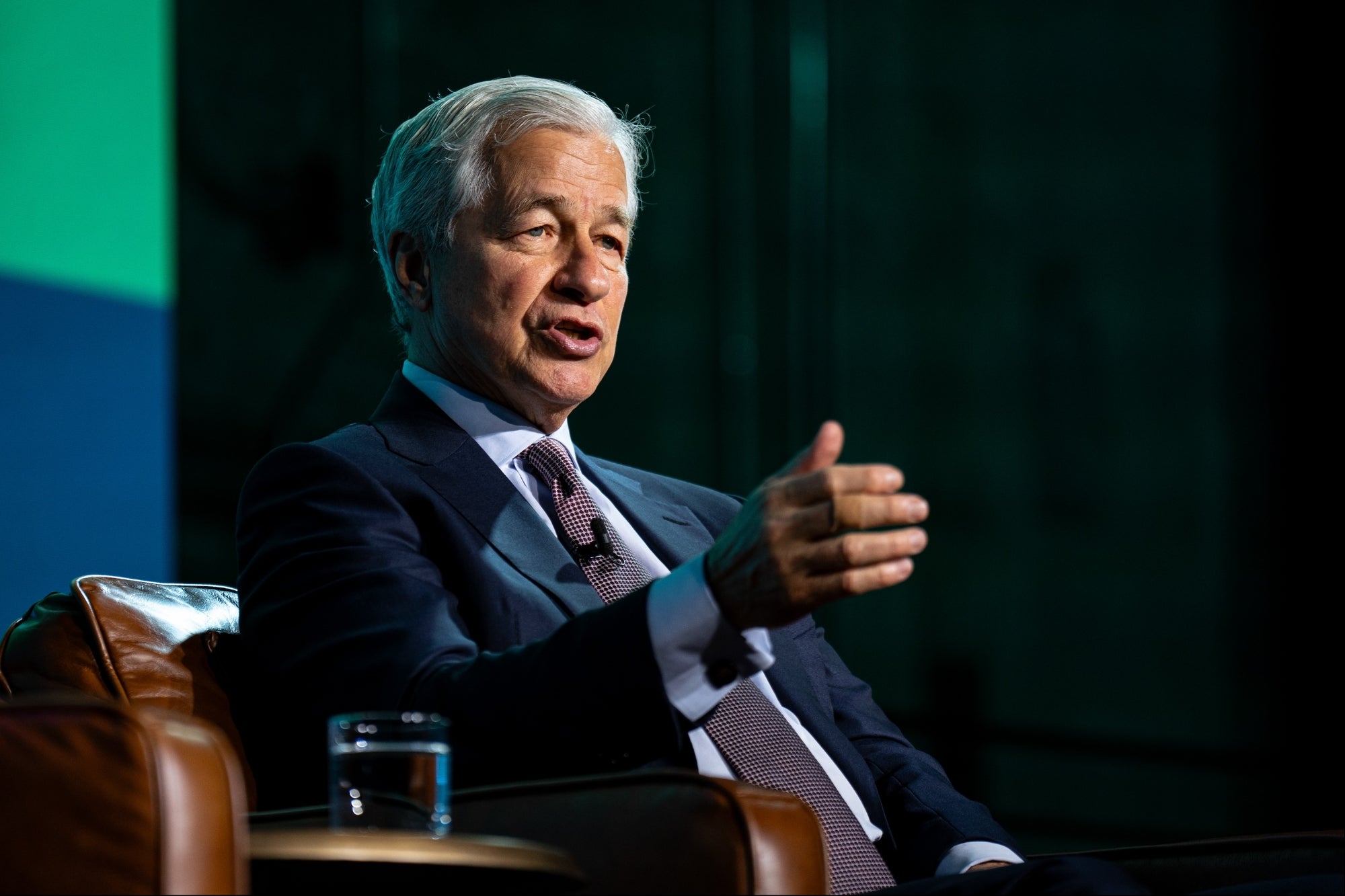Your Retirement Savings Won't Last If You Make These 3 Common Mistakes, Financial Advisor Warns Daniel Milan, investment advisor representative and managing partner at Cornerstone Financial Services, reveals how to safeguard your Golden Years.
By Amanda Breen Edited by Jessica Thomas
Key Takeaways
- Nearly half of U.S. households had no retirement account savings in 2022.
- Learn how to future-proof your retirement and ensure a tax-efficient cash flow.
Sixty percent of Americans across all generations worry they'll outlive their retirement savings, according to a recent survey from BlackRock. Unfortunately, those fears aren't unfounded, as almost half of U.S. households had no savings in retirement accounts in 2022, per the Survey of Consumer Finances.
The good news is that if you start saving early and strategically, a comfortable retirement can be within reach.
To that end, it's important to avoid three common mistakes when saving for retirement, Daniel Milan, investment advisor representative and managing partner at Cornerstone Financial Services, tells Entrepreneur.
First, make sure that you're actually putting enough money away. "Most people spend and then save what is leftover," Milan says, "when they really should be saving and then spending what is leftover."
Next, leave emotion out of your investment approach. "[People] become too emotional about the market, often buying and selling at the wrong times," Milan explains. "They tend to buy when the market is high, and they feel good while selling when the market is low and fear is at the highest point. The reverse is actually the best strategy."
Related: Can You Afford to Retire? Here's How Much Americans Spend Daily in Retirement
Finally, consider investments in addition to those within pre-tax retirement accounts, which people often prioritize for the "sugar high" of tax deduction and deferral, Milan says.
"[People] fail to remember they will be taxed at an ordinary income rate when they need the money in retirement," he adds. "In your 'Golden Years,' it's not how much is distributed, but how much you get to keep after taxes."
Instead, contributing to pre-tax retirement accounts, a Roth account and taxable brokerage accounts "provides flexibility in your distribution years," allowing you to manipulate when you take withdrawals and place yourself in the most tax-efficient bracket, according to Milan.
Related: The New 'Magic Number' for Retirement Is $1 Million More Than What the Average American Has Saved
"The best and most secure way to plan for retirement is to build your retirement plan around cash flow generated, rather than overall asset number," Milan says. "Determine what the income need is for the household in retirement and then back into the principal amount necessary to generate that cash flow from income-producing assets like dividend stocks, fixed income, real estate, private credit, etc."










